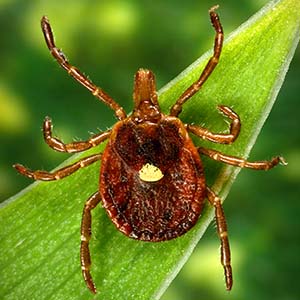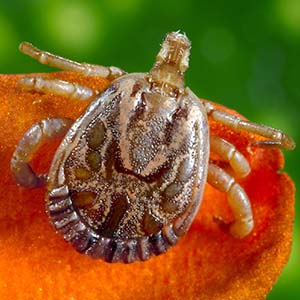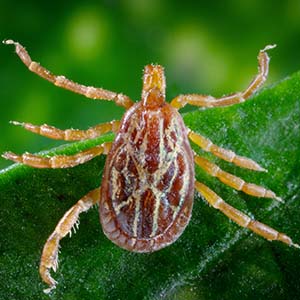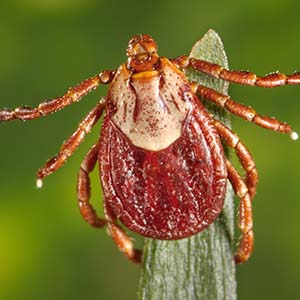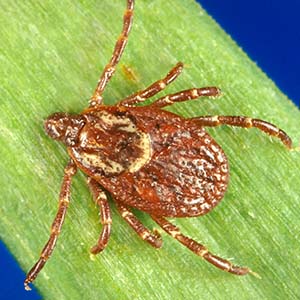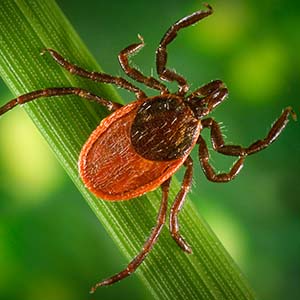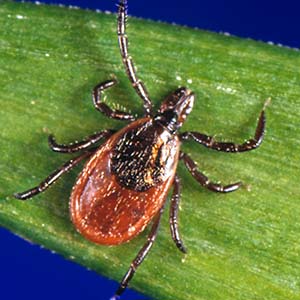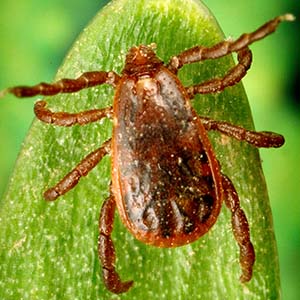Why it’s important
It’s tick season and these arachnids are out for blood. As ticks feed on their hosts, they can transmit microbial pathogens that can result in serious life-threatening disease. The diagnosis of these diseases can be challenging as initial symptoms can be nonspecific and mimic a variety of more common illnesses. The possibility of co-infection can further complicate matters as more than one pathogen can be transmitted by the same tick in certain geographical areas.
According to the Centers for Disease Control and Prevention, there are at least 16 different diseases transmitted by ticks in the United States. Recent reports have indicated that incidences of these tick-borne diseases are on the rise and have increased from 22,527 to 50,865 reported cases from 2004 to 2019. However, these values may only represent a fraction of the number of people with tick-borne disease as underreporting is common.
There are many factors that have likely contributed to the increase in tick-borne disease. Increased temperatures have allowed ticks to be active for longer periods of time during the year and have enabled them to spread to and survive in new regions that were previously unsuitable. Settlement into wildland areas has also played a role in the spread of tick-borne disease as it has increased the proximity of humans to common wildlife reservoir hosts, thus enhancing the risk of exposure to ticks.
Tick-borne Diseases in the United States
|
Amblyomma americanum Lone star tick |
Ehrlichia chaffeensis (Ehrlichiosis) Ehrlichia ewingii (Ehrlichiosis) Francisella tularensis (Tularemia) Borrelia lonestari (Southern tick-associated rash illness) Rickettsia parkeri (R. parkeri rickettsiosis) Heartland virus (Heartland virus disease) Bourbon virus (Bourbon virus disease) |
|
Amblyomma cajennense Cayenne tick |
Rickettsia rickettsii (Rocky Mountain spotted fever) |
|
Amblyomma maculatum Gulf coast tick |
Rickettsia parkeri (R. parkeri rickettsiosis) |
|
Dermacentor andersoni Rocky Mountain wood tick |
Rickettsia rickettsii (Rocky Mountain spotted fever) Colorado tick fever virus (Colorado tick fever) Francisella tularensis (Tularemia) |
|
Dermacentor variabilis American dog tick |
Rickettsia rickettsii (Rocky Mountain spotted fever) Francisella tularensis (Tularemia) |
|
Ixodes pacificus Western blacklegged tick |
Anaplasma phagocytophilum (Anaplasmosis) Borrelia burgdorferi (Lyme disease) Borrelia miyamotoi (Hard tick relapsing fever) Babesia microti (Babesiosis) |
|
Ixodes scapularis Blacklegged tick |
Borrelia burgdorferi (Lyme disease) Borrelia mayonii (Lyme disease) Anaplasma phagocytophilum (Anaplasmosis) Borrelia miyamotoi (Hard tick relapsing fever) Ehrlichia muris eauclairensis (Ehrlichiosis) Babesia microti (Babesiosis) Powassan virus (Powassan virus disease) |
|
Rhipicephalus sanguineus Brown dog tick |
Rickettsia rickettsii (Rocky Mountain spotted fever) Rickettsia conorii (Boutonneuse fever) |
What’s the solution?
As tick-borne diseases continue to spread and new pathogens emerge, it is important that researchers gain a better understanding of vector-pathogen-host dynamics and identify rapid, accurate methods to detect and distinguish pathogens, particularly for instances of co-infection.
As a leading developer and supplier of authenticated biological materials, ATCC offers a variety of strains and genomic and synthetic nucleic acids that support research on tick-borne diseases as well as other vector-borne diseases transmitted by mosquitoes, kissing bugs, sand flies, tsetse flies, fleas, lice, gnats, and mites. We are also working on providing the reference-quality, whole-genome sequencing data for these strains through the ATCC Genome Portal.

Microbiologist
Cara Wilder, PhD, ELS
Senior Scientific Writer, ATCC
Dr. Wilder is a Senior Scientific Writer at ATCC. She has a PhD in Microbiology with background experience working with several pathogenic bacterial species in both in vitro and in vivo environments. Dr. Wilder is the author of numerous publications on varying topics of scientific relevance, including quality control, microbial contamination, assay development, proficiency testing, and multidrug resistance.
Check out our research on tick-borne diseases
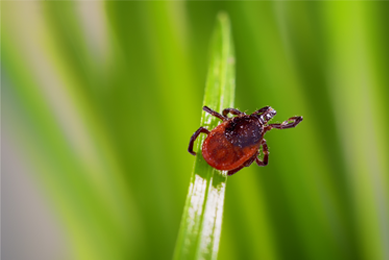 Webinar
Webinar
Tick-borne Diseases: Developing Molecular Approaches to Detect Babesiosis
Tick-borne diseases (TBD) among humans are on the rise in the United States as urbanization along previously unpopulated areas continues. In this webinar, we will provide an overview of TBD epidemiology, the current status of diagnostic methods, and resources available from ATCC that advance TBD research priorities.
More Poster
Poster
Secretion of Extracellular Vesicles from Babesia microti-infected Erythrocytes
This is a poster presented at the ASTMH 2021 Annual Meeting that explores the secretion of extracellular vesicles from Babesia microti-infected erythrocytes.
More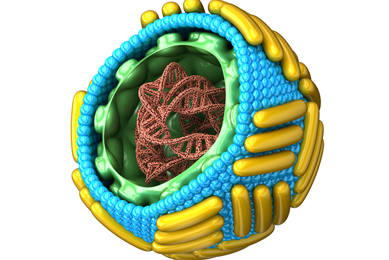 Webinar
Webinar
Creating a Vaccine for the Tick-borne Powassan Virus
ATCC has developed a POW virus like particle (VLP)-based vaccine candidate that delivers a specific antigen against the virus. In this webinar, we will provide an overview of VLP technology, focusing on the antibody response of this novel vaccine.
More